Notes
Faith Versus the Coronavirus
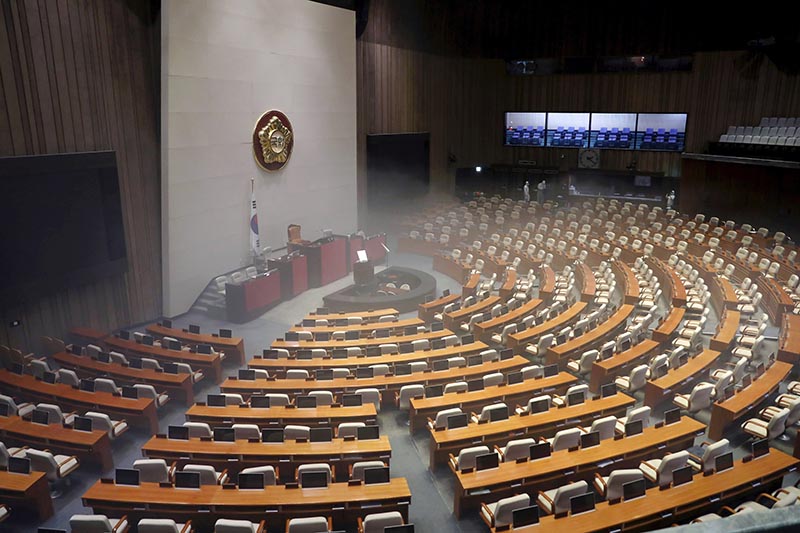
Photo: Yonhap via Reuters. Caption: Employees from a disinfection service company sanitize the National Assembly in Seoul, South Korea, February 25. The number of coronavirus cases in South Korea rose to 893 on Tuesday, as health authorities said they plan to test potentially more than 200,000 members of a church at the epicenter of the outbreak.
COVID-19 has shown itself to be rapidly contagious: for every person who contracts the coronavirus, two more people are infected. As of Monday’s reporting, the outbreak has claimed the lives of more than 3,000 people. While numbers pile up, major media outlets are trying to come to terms with the right narrative framing, perhaps holding out until “global pandemic” is the only storyline left standing.
Up and down the entire power structure, from Wuhan to Wall Street, the mood has been shaped by the fog of uncertainty. Consider the alarm bells ringing in South Korea, for instance, where 26 are reported dead. The photograph above takes us inside the National Assembly in Seoul, as a handful of workers last week, wrapped head to toe in white protective gear, fumigate the deserted auditorium with a chemical disinfectant.
If that light mist hanging softly over center stage alludes to murky messaging from the nation’s top officials, then in the desolation of the chamber — lights are down, stations are empty, monitoring is off — there is a sense that political authorities and institutions have gone AWOL at the worst possible time.
That perception is not entirely off the mark, since it was after claiming “the worst was over” that public health officials in Seoul traced a majority of nearly 4,000 coronavirus cases in South Korea to the city of Daegu, where the Shincheonji Church of Jesus, which is reported to have over 200,000 members, is believed to be among the sources of that country’s outbreak. At an institution where faith is the first line of defense against illness, and where getting sick falls into the category of sin against God, we are watching appeals to divine intervention succumb to the untamed physics of communicable pathogens.
Still, Lee Man-hee, founder of the Shincheonji Church of Jesus, may in the photograph below be showing some consistency in his public performance of piety. But now that the white particulate mask has become an international symbol of self-protection, taking a knee with that extra accessory looks so much like a moment of surrender.
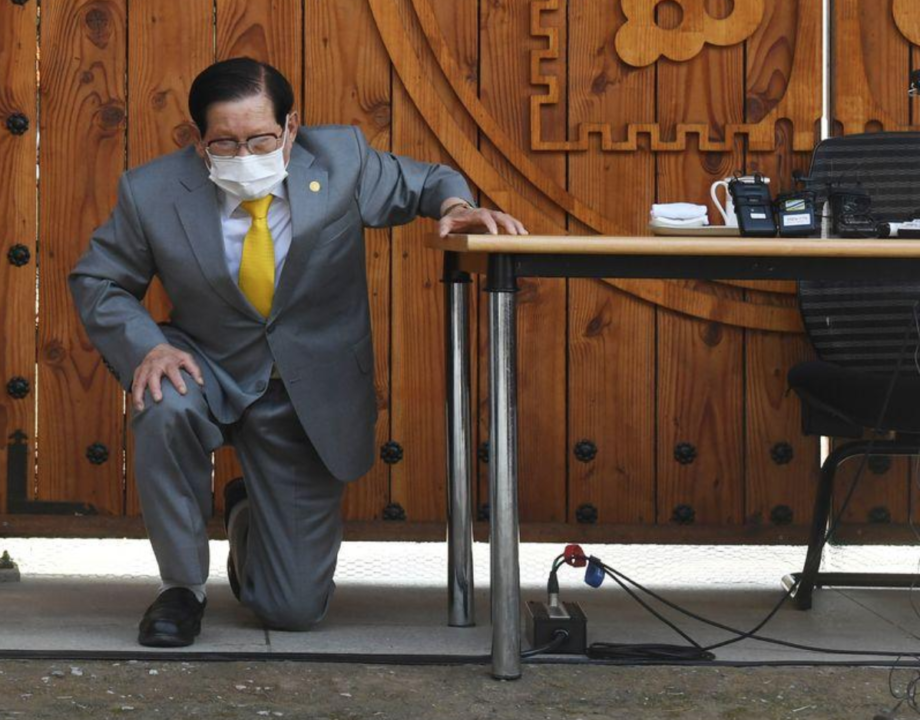
Photo: Yonhap via Reuters. Caption: Lee Man-hee, founder of the Shincheonji Church of Jesus the Temple of the Tabernacle of the Testimony, makes a deep bow during a news conference at its facility in Gapyeong, South Korea, March 2, 2020.
Pandemics are as fine a time as any to pray for a miracle, perhaps. But curing society’s ills demands concrete action and cooperation from public health officials, scientists, and legislators. Bowing to forces from on high seems less a position of strength than a regression to premodern ritual.
A fitting gesture, then, that the White House would circulate this photograph of Vice President Mike Pence and his Coronavirus Taskforce, treating public safety in the U.S. as an invitation for the supernatural.
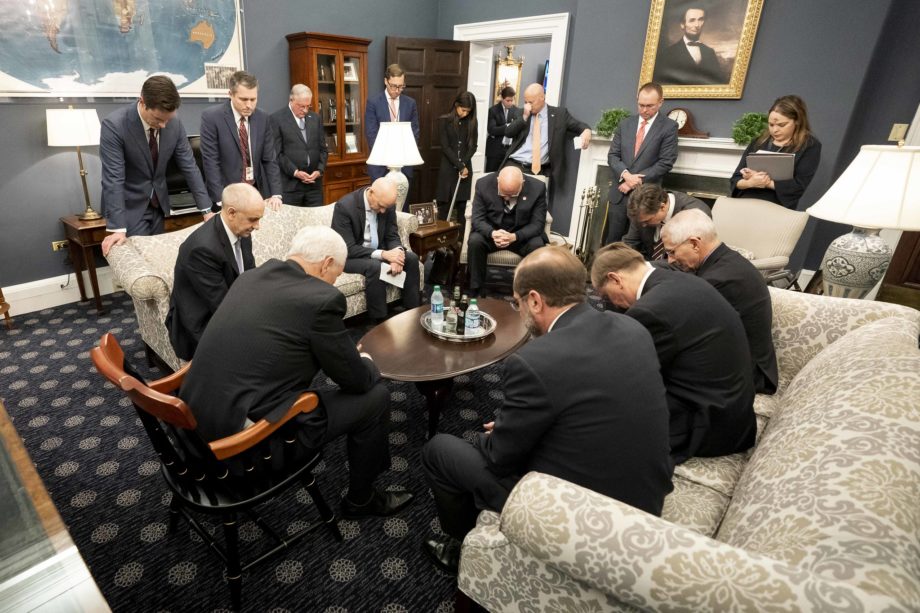
Photo: D. Myles Cullen/White House. Caption: Vice President Mike Pence meets with the President’s Coronavirus Taskforce Wednesday, February 26, 2020, in his West Wing Office of the White House.
Having Vice President Pence at the head of the table was already distressing for his botched public health record as Governor of Indiana. But in a way that is eerily similar to the situation at Shincheonji, there is a certain madness in the White House’s faith that they can tackle the virus top-down.
— Philip Perdue
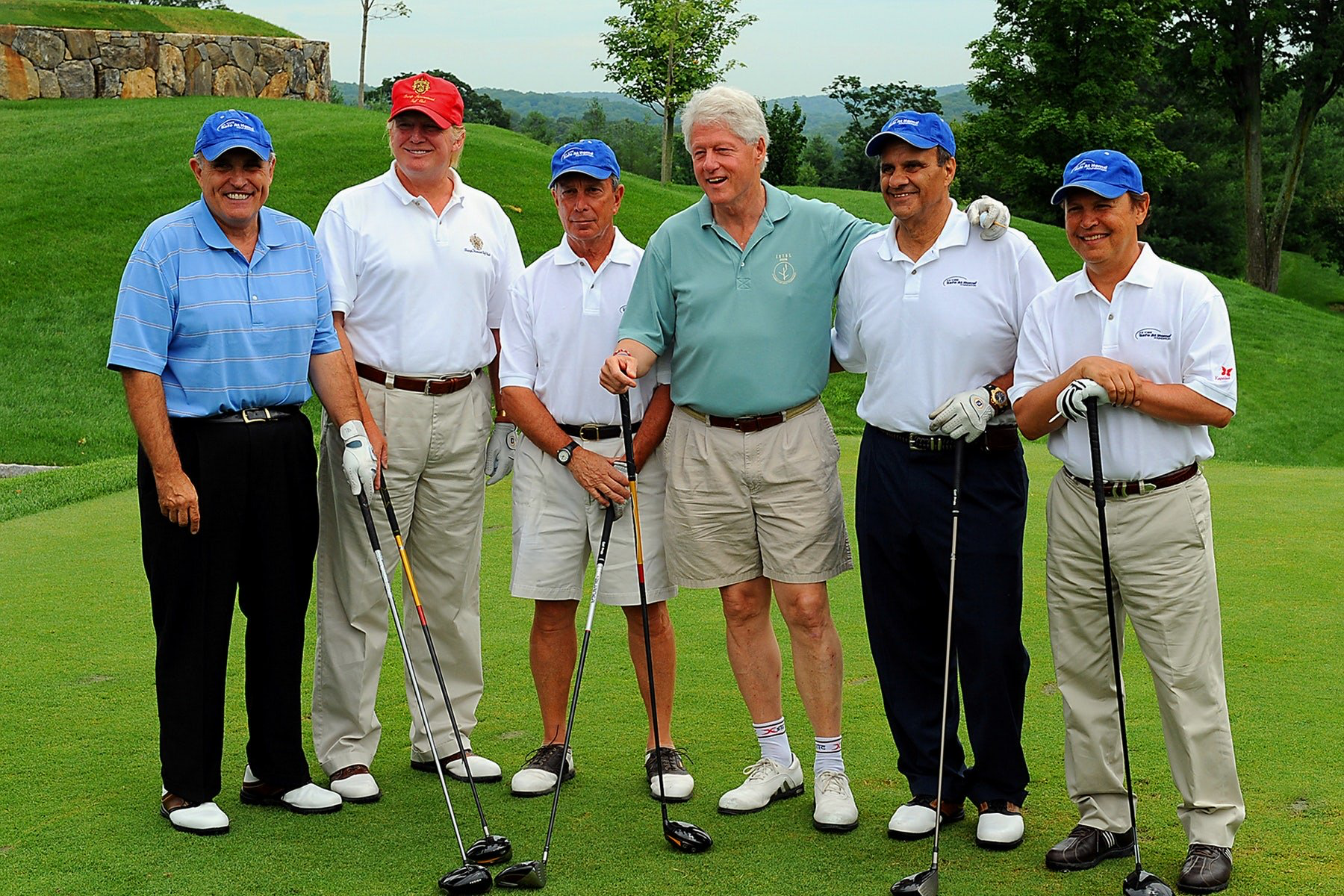
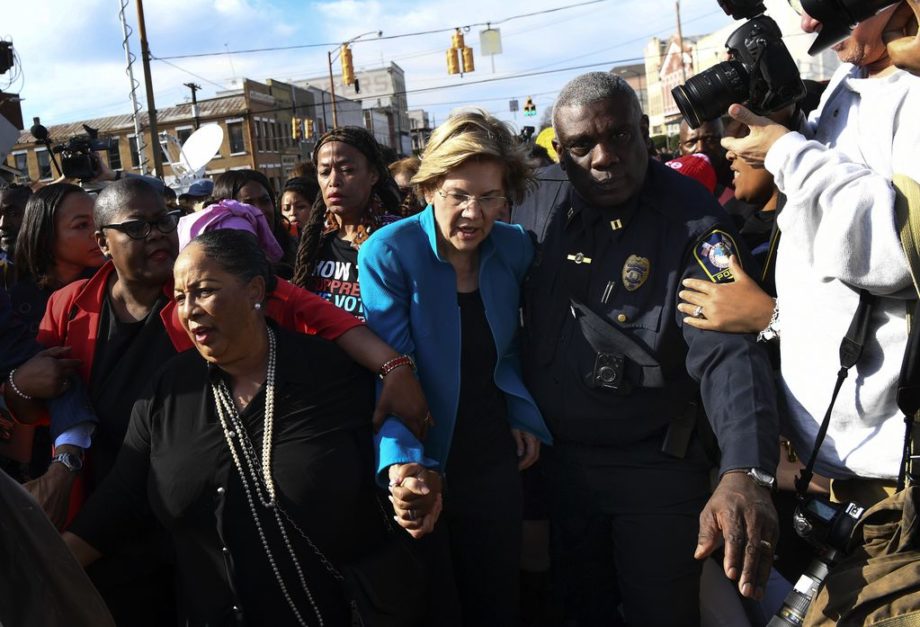
Reactions
Comments Powered by Disqus